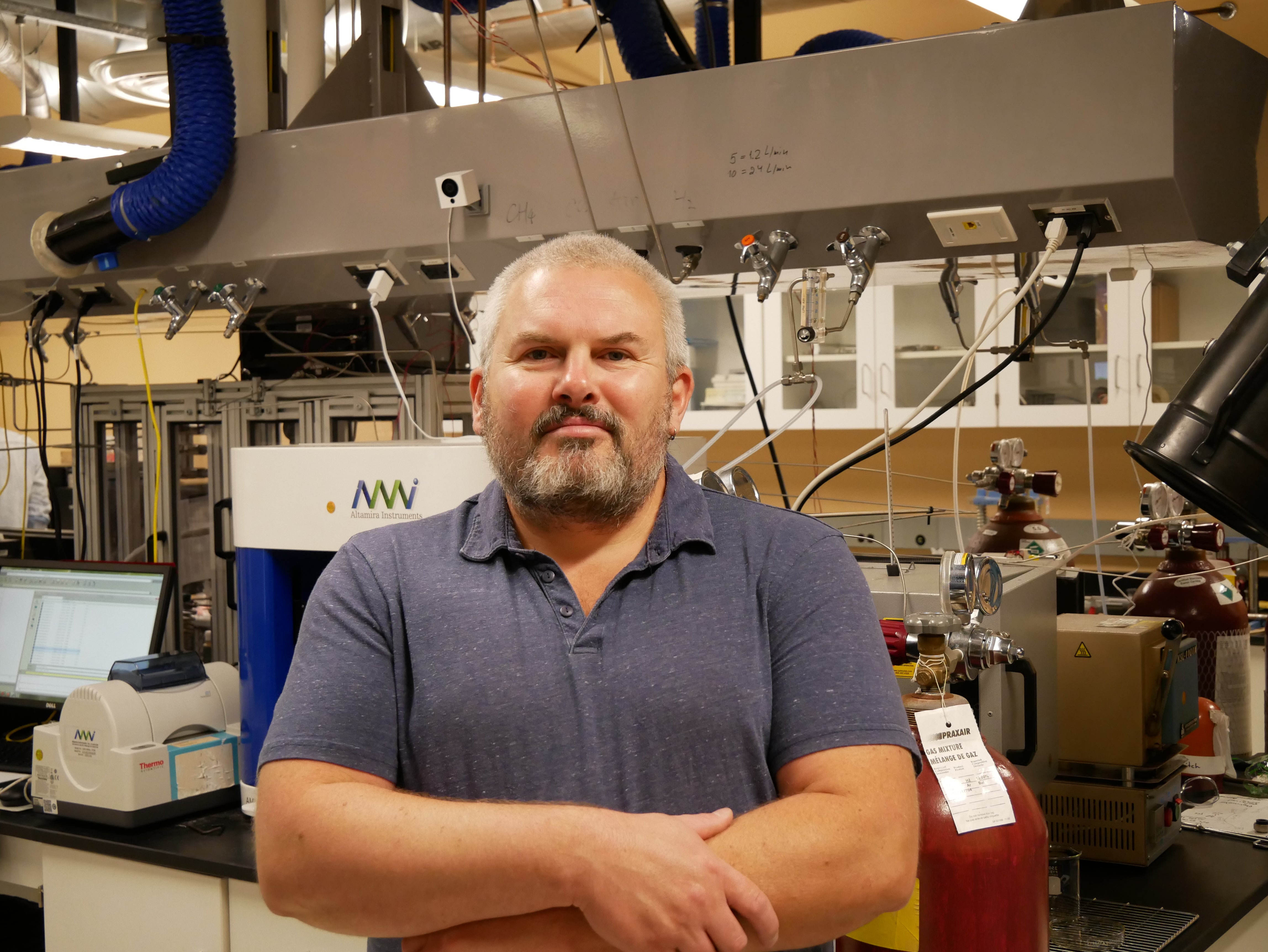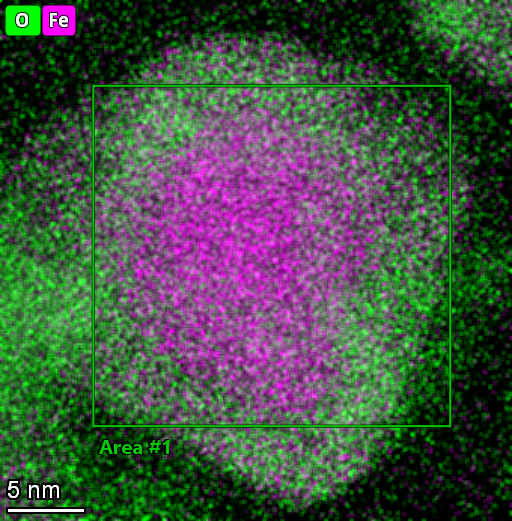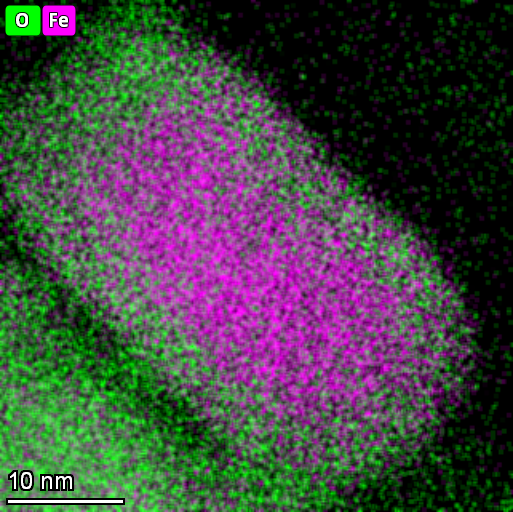David Simakov, a professor in the Department of Chemical Engineering, is actively engaged in two bold interdisciplinary collaborations with Canadian and international partners to advance UN Sustainable Development Goals. These initiatives are focused on two areas: affordable clean energy and clean water. Simakov's research focuses on the conversion of CO2 into renewable synthetic fuels and sustainable hydrogen generation.

"Building a sustainable future will require developing a portfolio of renewable energy-based technologies that will ultimately allow us to decarbonize our energy, transportation and industrial sectors," Simakov says.
"Such a challenging task can only be achieved through interdisciplinary collaboration, integrating knowledge and expertise of researchers from different universities across Canada and internationally. Using the unique expertise of each team of researchers, we are developing novel technologies and design highly efficient processes for renewable fuels applications."
Climate change and unsustainable water management are causing freshwater shortages globally making water desalination a crucial technology. Simakov's group is collaborating with researchers from Technion-Israel Institute of Technology through the Waterloo-Technion cooperation program. Matthey Suss, a professor in the Faculty of Mechanical Engineering at Technion, is developing a novel technology for water purification which is called a desalination fuel cell (DFC). Michael Patrascu, from the Department of Chemical Engineering at Technion is focusing on process intensification.
Anik Ashirwadam, a chemical engineering student in Simakov's group, is developing a reactor that will convert a methanol/water mixture into hydrogen gas that is required to power the DFC device. A catalytic material within the reactor catalyzes the methanol reforming reaction, which produces hydrogen that can be directly fed to the DFC device to simultaneously produce clean water and generate electricity - creating an excellent solution for off-grid locations and remote communities.

Catalyst at five nanometer scale taken by an electron microscopy.

Catalyst at 10 nanometer scale taken by an electron microscopy.






